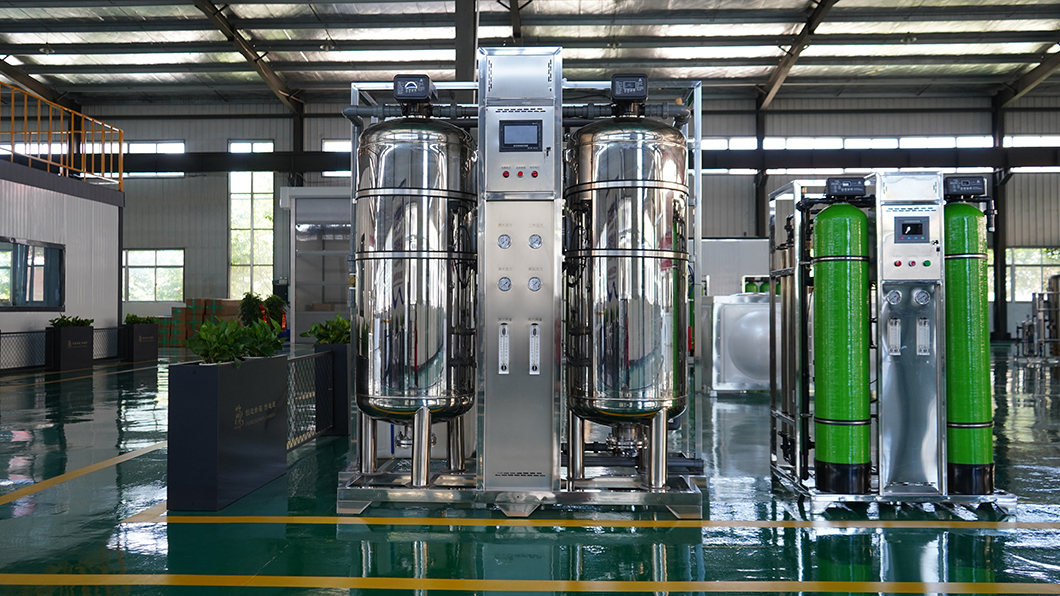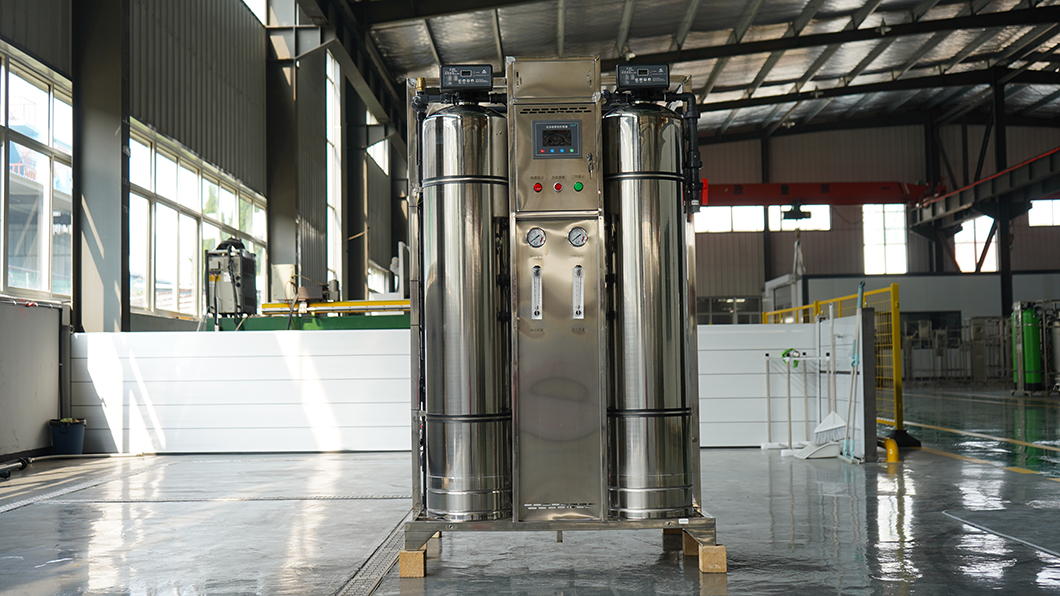The Evolution of Water Purification: From Ancient Methods to Modern RO Systems
Since the beginning of time, water has been the most essential element for life at the heart of human survival. History has told us that all early civilizations, from the Mesopotamians to the Greeks, had recognized its importance and developed methods to purify water, ensuring its safety for consumption. With the passage of time, these techniques have refined into the advanced systems we employ and rely on today, such as modern reverse osmosis (RO) filters. The journey of water that we are going to discuss today is not only an important chapter of technological progress but also of human ingenuity, driven by the constant need for clean and safe drinking water.
The earliest methods of water purification were vestigial, depending upon nature’s very rudimentary processes. Ancient civilizations such as the Egyptians and Greeks knew the importance of the need for clean water and employed techniques like filtration using sand and gravel. The process was basic and removed large particles and some impurities. This highly effective method was widely used and is still prevalent in the water purification field today. However, mankind soon realized that this method alone is not enough to guarantee the purity of water safety from pathogens and dissolved impurities.
Even with their limited understanding of microorganisms, the Egyptians were the first ones to employ sand and charcoal in early filtration systems to purify their water. Charcoal, owing to its ability to absorb impurities and smell, is used widely in modern activated carbon filters today and acts as a key component of water purification in modern times.
Another primitive yet effective method to clean water required the use of another essential element of Mother Earth, fire. By boiling water, ancient civilizations, including the Romans, ensured protection from pathogens and harmful bacteria, making them one of the most formidable armies of that time
With the passage of time and the advancement of science, humankind honed its understanding of water purification. The medieval period saw its communities using more advanced filtering systems, incorporating charcoal, sand, and even herbs to make the water quality stand out. This paved the way for future water purification technologies, but it wasn’t until the 19th century that the industrial revolution brought advanced water treatment methods to the forefront.
1804 is an important year to remember a significant milestone in water purification, which saw the creation of the first public water filtration system in Paisley, Scotland. The system employed sand and gravel to filter out heavy particles, symbolizing a stellar leap in improving water quality for the masses. Soon after this, the concept of chlorination made its way to the general public in the late 1800s, a method used to disinfect drinking water and prevent waterborne diseases like cholera, which were widespread in that period of time.
By the early 20th century, chlorine had become a major compound for water purification, a major breakthrough. Chlorine could efficaciously destroy microbial pathogens, rendering the water potable, particularly in flourishing urban areas

With the advancement of industrialization and urbanization, a constant need for more sophisticated water purification techniques became obvious. Rigorous research and experimentation led to innovations in the chemical and biological fields that led to more effective purification methods.
By the era of the 1950s, modern water treatment plants began to take shape, utilizing complex multi-stage filtration processes that included sediment filters, chemical disinfectants, and fluoridation all in one. Nevertheless, it was only until the 1970s that the groundbreaking method of water purification made its way forth: reverse osmosis (RO)
Reverse osmosis (RO), as we know it today, cemented a revolutionary forward motion in the field of water purification. Contrary to traditional filtration methods, RO used a semipermeable membrane to get rid of impurities, dissolved salts, minerals, and even microscopic pathogens from water. The process applied pressure to force water through the membrane, leaving contaminants behind.
RO was initially used for seawater desalination plants to convert saltwater into fresh drinking water. With the passage of time, the technology saw rapid improvements and expansion, as well as widespread population, thus finding its way into homes and businesses. As of today, RO is one of the most efficient methods for ensuring safe drinking water, especially in areas where natural water sources are scarce or contaminated.
RO systems effectively remove up to 99% of contaminants, including heavy metals, chlorine, fluoride, and pesticides, making it one of the safest options when drinking and cooking water is under consideration. Furthermore, RO technology is versatile, scalable, and can be used in both large industrial setups and compact household units.
As global populations boom and water scarcity becomes more of a daunting challenge every day, the future of water purification looks brighter than ever. Going hand in hand with advancements in RO technology, researchers are digging deeper to discover more sustainable and energy-efficient methods. New materials like graphene-based membranes have shown great potential in further perking up the filtration capabilities while using less energy. Graphene, a single layer of carbon atoms, could allow water to pass through while blocking contaminants, offering a cost-effective and eco-friendly solution.

Furthermore, recent energy crises have solidified the significance of solar-powered water purification. Regions with difficult access to clean water are the perfect areas to harness the power of solar energy to fuel water filtration systems, making them more affordable and sustainable. Solar technology holds the potential to overturn water purification, particularly in remote and desolate areas.
Smart technologies are constantly becoming an integral part of water purification as contemporary water purifiers are now equipped with IoT (Internet of Things) capabilities and smart sensors to monitor water quality in real time, alerting users when it’s time to replace filters or perform maintenance. These major innovations are playing a crucial role in enhancing user experience, offering both convenience and efficiency in ensuring safe drinking water.
From basic sand filters in ancient Egypt to cutting-edge reverse osmosis systems in modern homes and industries, the evolution of water purification displays humanity's ongoing quest for clean drinking water.
With the advancement of technologies, the future of water purification looks better than ever, with sustainable, streamlined solutions on the horizon. However, what is important to keep in mind is that water conservation remains a crucial element. While there is no doubt that the next generation of water purification systems will continue to evolve, making clean water more accessible and affordable, the protection of natural water reserves and intelligence usage is a key factor.
Water purification has come a long way from simple, rudimentary methods to contemporary systems capable of removing even the most minute and stubborn of contaminants. RO has revolutionized the way humankind thinks about water treatment and is continuing to do so as we think and to say that with the ongoing innovations in the field, the future of water purification seems promising would be a gross understatement.